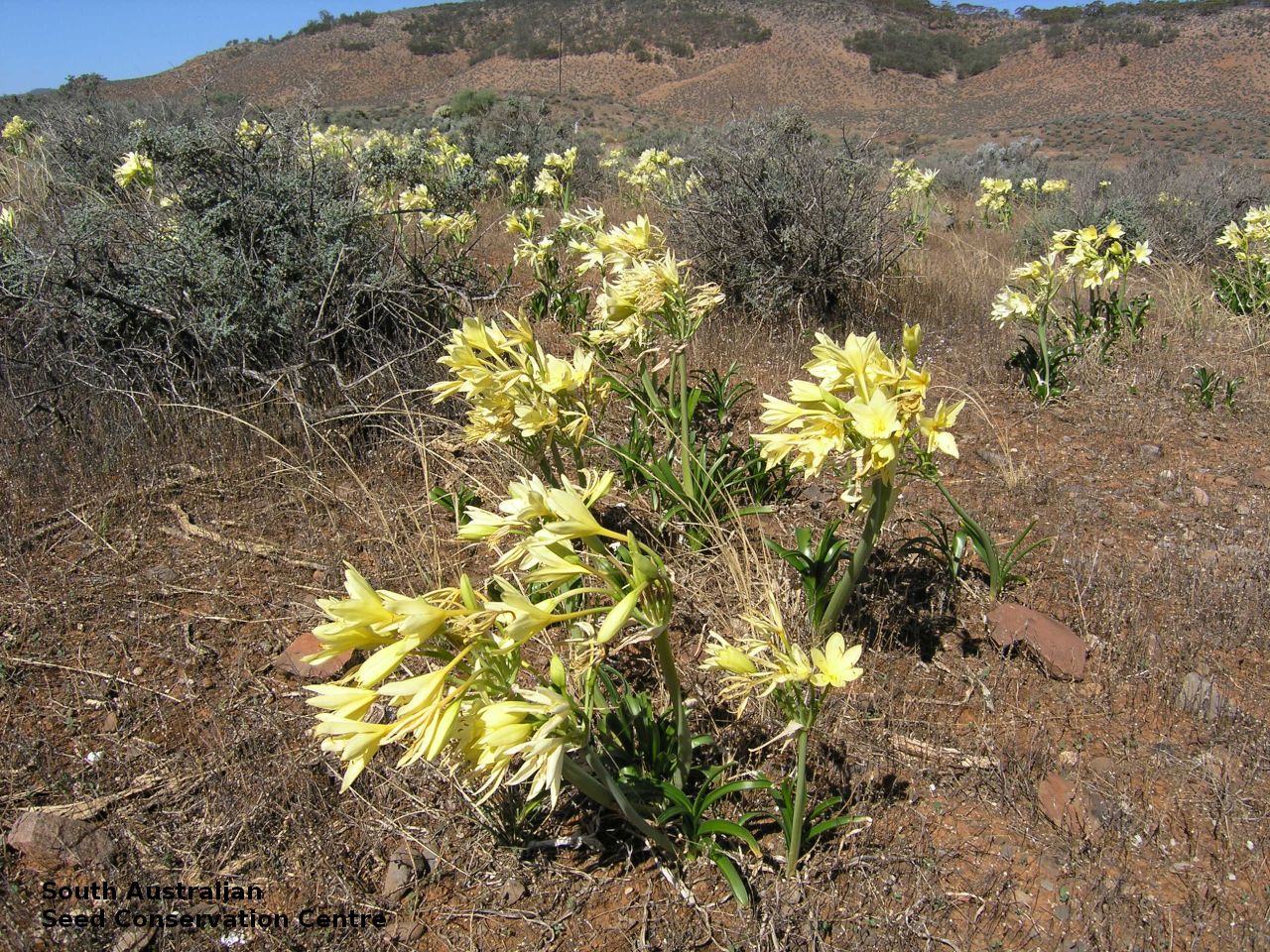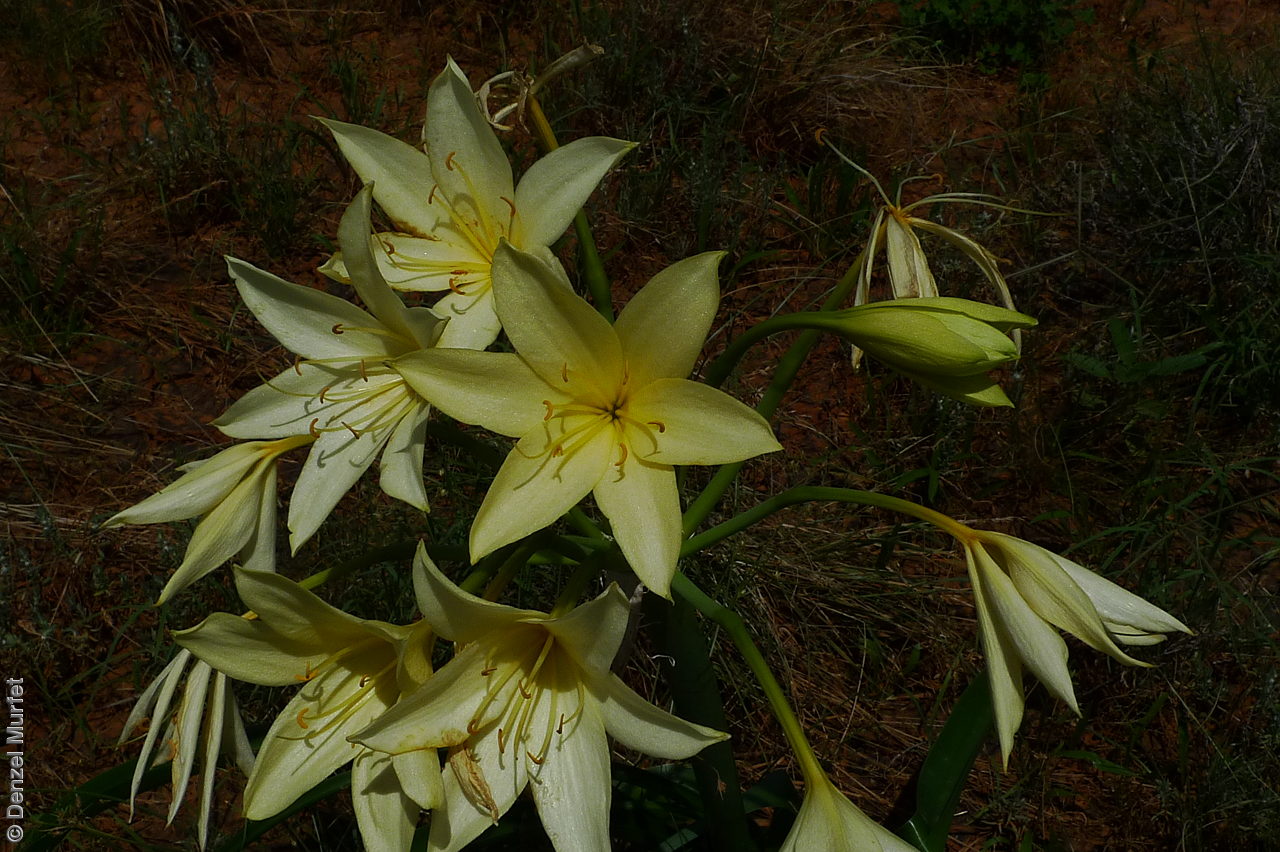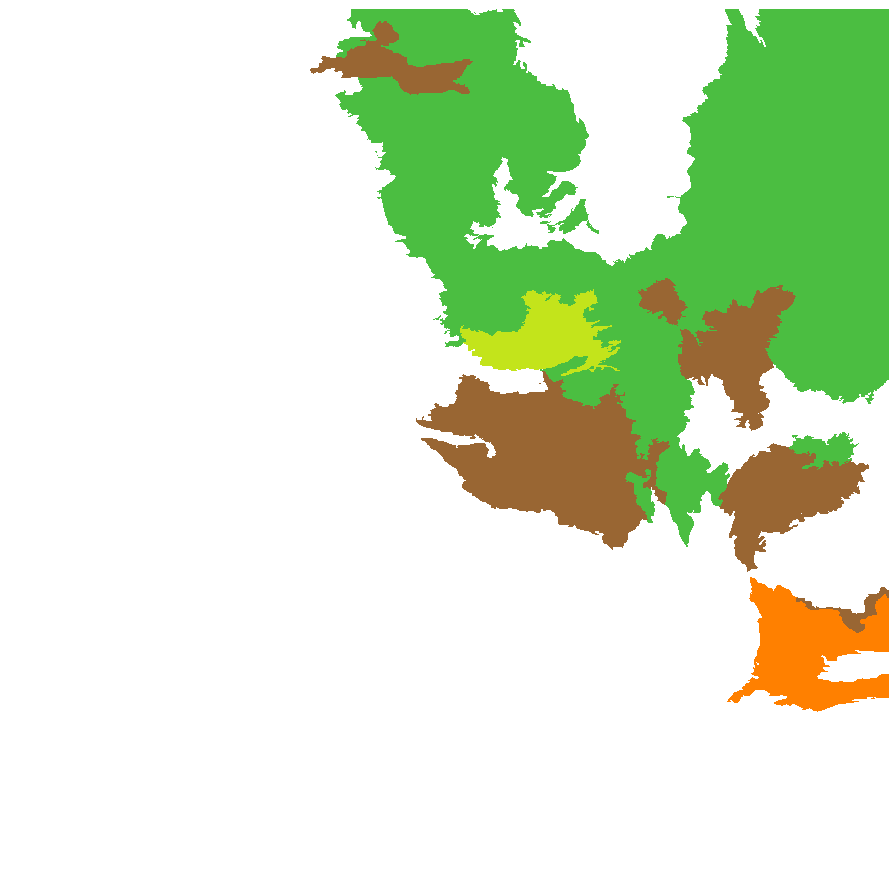Display all 15 images















Regional Species Conservation Assessments per IBRA subregion.


Least concern
Near threatened
Rare
Vulnerable
Endangered
Critically endangered
Extinct
Data deficient
Adelaide
Arkaroola
Ceduna
Coober Pedy
Hawker
Innamincka
Marla
Marree
Mount Gambier
Oodnadatta
Renmark
Wudinna
Keith
Yunta
Display IBRA region text
| Olary Spur (FLB03) | Flinders Lofty Block | Data Deficient (IUCN: CR D) [undercollected] |
| Southern Flinders (FLB04) | | Least Concern [robust, wetter years, undercollected] |
| Northern Flinders (FLB05) | | Rare (IUCN: RA d(i,ii)) [localised pop.] |
| Murray Mallee (MDD02) | Murray Darling Depression | Endangered (IUCN: EN B2ab(i,ii,iii)) (Probable Decline) |
| Murray Scroll Belt (RIV06) | Riverina | Rare (IUCN: RA ab) (Probable Decline) |
| Myall Plains (GAW01) | Gawler | Rare (IUCN: RA d(ii)) |
| Gawler Volcanics (GAW02) | | Rare (IUCN: RA d(i,ii)) |
| Gawler Lakes (GAW03) | | Rare (IUCN: RA d(i,ii)) |
| Arcoona Plateau (GAW04) | | Least Concern |
| Torrens (GAW06) | | Least Concern |
| Roxby (GAW07) | | Near Threatened |
| Bimbowrie (BHC05) | Broken Hill Complex | Data Deficient [undercollected] |
| Strzelecki Desert (SSD05) | Simpson Strzelecki Dunefields | Least Concern |
| Breakaways (STP01) | Stony Plains | Least Concern |
| Oodnadatta (STP02) | | Least Concern |
| Murnpeowie (STP03) | | Least Concern |
| Peake-Dennison Inlier (STP04) | | Least Concern |
| Macumba (STP05) | | Least Concern |
| Witjira (STP06) | | Least Concern |
| Baltana (STP07) | | Least Concern |
| Sturt Stony Desert (CHC02) | Channel Country | Least Concern |
| Diamantina-Eyre (CHC04) | | Least Concern |
| Coongie (CHC06) | | Least Concern |
| Lake Pure (CHC07) | | Least Concern |
| Pedirka (FIN04) | Finke | Rare (IUCN: RA d(ii)) |
| 3 of 6 subregions | Flinders Lofty Block | Least Concern , Rare , Data Deficient |
| Murray Mallee (MDD02) | Murray Darling Depression | Endangered (IUCN: EN B2ab(i,ii,iii)) (Probable Decline) |
| Murray Scroll Belt (RIV06) | Riverina | Rare (IUCN: RA ab) (Probable Decline) |
| 6 of 8 subregions | Gawler | Least Concern , Near Threatened , Rare |
| Bimbowrie (BHC05) | Broken Hill Complex | Data Deficient [undercollected] |
| Strzelecki Desert (SSD05) | Simpson Strzelecki Dunefields | Least Concern |
| 7 of 7 subregions | Stony Plains | Least Concern |
| 4 of 4 subregions | Channel Country | Least Concern |
| Pedirka (FIN04) | Finke | Rare (IUCN: RA d(ii)) |
Botanical art
Kath Alcock paintings: 5
Prior names
Crinum pedunculatum auct.non R.Br.: J.M.Black(1922)
Crinum luteolum
Common names
Darling Lily
Murray Lily
Etymology
Crinum from the Greek 'krinon', meaning a lily. Flaccidum from the Latin 'flaccidum', meaning hanging down, flabby, limp, alluding to the flaccid leaves.
Distribution and status
Found in eastern f South Australia, north of the Murray River, growing near inland rivers, often along sandy floodways. Also found in all mainland States. Native. Common in South Australia. Rare in Western Australia and Victoria. Common in the other States.
Herbarium regions: Lake Eyre, Gairdner-Torrens, Flinders Ranges, Eastern, Eyre Peninsula, Murray
AVH map: SA distribution map (external link)
Plant description
Bulb ovoid to 10 cm diameter with a shortly-developed neck, not protruding above ground. Leaves few, flaccid, strap-shaped, to 80 cm long and 5 cm wide. Flower-stalk erect, somewhat compressed, to 70 cm high with an umbel of 4–14 large, white or cream, scented flowers. Flowering between February and June. Fruits are globular capsule with a few seeds in each. Seeds are whitish, subglobose seed to 3 cm long, commonly germinating before falling.
Seed collection and propagation
Collect seeds between June and November. Collect mature capsules off the plant or on the ground next to the plant. No cleaning is required if only seeds are collected. However, seeds cannot be stored long term. Seeds are recalcitrant, that is they do not survive drying and freezing and cannot be stored long term for ex-situ conservation. Seeds are recalcitrant and will germinate readily.
| Location | No. of seeds
(weight grams) | Number
of plants | Date
collected | Collection number
Collection location | Date
stored | % Viability | Storage
temperature |
MSB |
1,000 (5.093 g) | 50+ | 5-Mar-2007 | PJA152
Flinders Ranges | | | |
Location: BGA — the seeds are stored at the Adelaide Botanic Gardens, MSB — the seeds are stored at the Millennium Seed Bank, Kew, England.
Number of plants: This is the number of plants from which the seeds were collected.
Collection location: The Herbarium of South Australia's region name.
% Viability: Percentage of filled healthy seeds determined by a cut test or x-ray.















